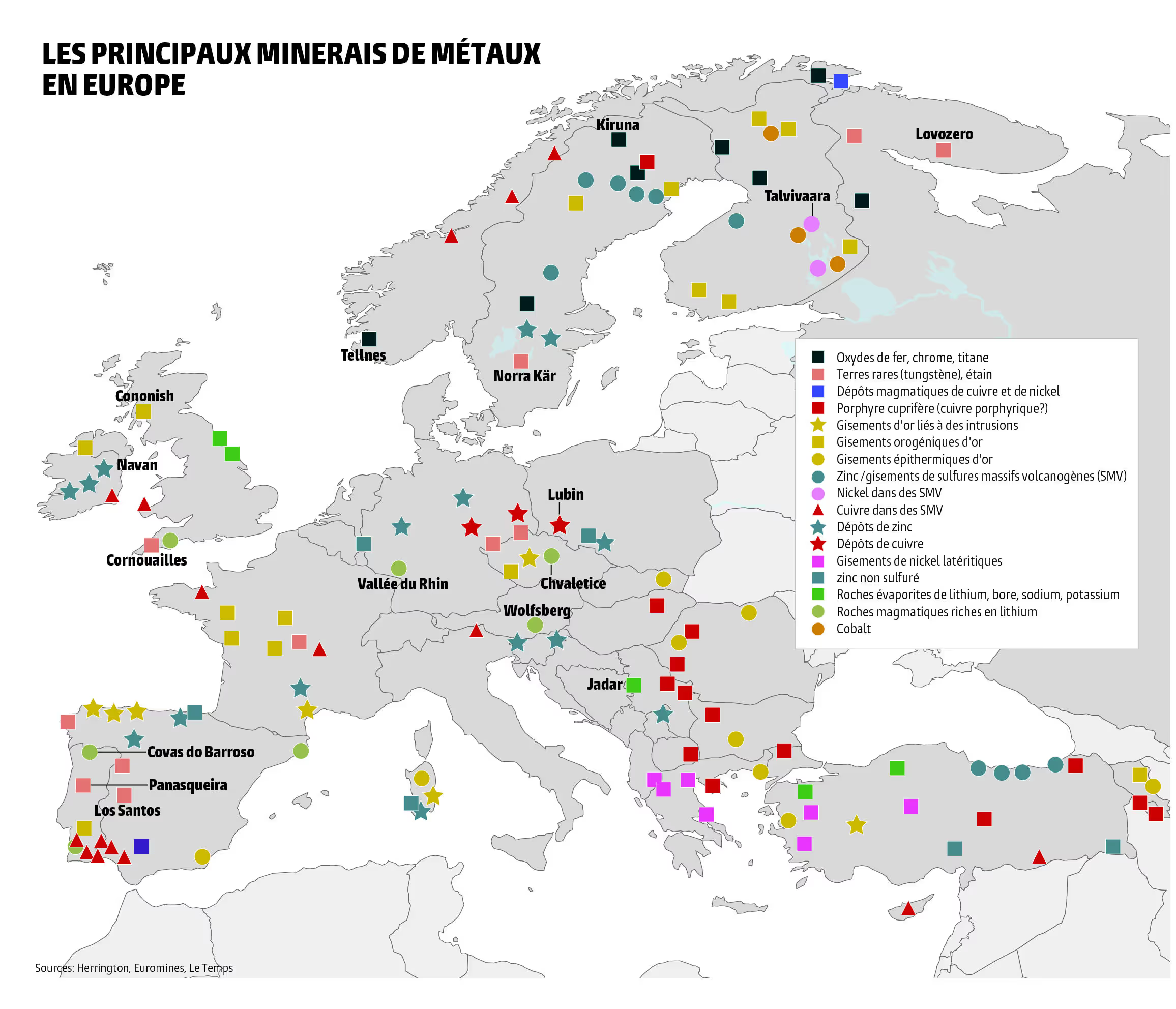After scooters and electric bikes, recreational exoskeletons are added to the long list of technocrap responsible for the global epidemic of diseases of civilization [1]. So-called leisure exoskeletons are designed to relieve the constraints of physical effort and optimize performance, whether for going to work or for hiking. Their operation is inspired by that of industrial, military and medical exoskeletons, in addition to being lightweight and high-tech. Through its democratization, this innovation will continue the work of the technocratic class. By continuously degrading human health and the environment, technocracy destroys the autonomy of bodies and thereby stimulates the growth of industrial palliatives and other technological prostheses.
The exoskeleton, a new techno to fight
Here is the latest technological trend in fashion: the ProX leisure exoskeleton developed by the Chinese company Hypershell, which allows you to hike or run without feeling the weight of a 30-kilo backpack [2]. Presented at CES 2024 in Las Vegas, this external device will deliver the equivalent of 800 watts of motor power to the user's legs via a motorized joint and eight other passive joints. In order to anticipate and adapt to movements, the exoskeleton is also equipped with an integrated artificial intelligence (AI) supposed to analyze and learn from different walking modes. This technosalopery is advertised at rates ranging from 600 to 1300 dollars. Finally, its lithium battery with a high polymer content will extend the range up to 25 or even 35 kilometers [3].
This exoskeleton is touted as the solution to joint and muscle pain encountered during trails or hikes. The École Polytechnique Fédérale de Lausanne has also developed the same type of exoskeleton (called Wiite) in order to allow a person with a complete spinal cord injury to stand up, walk “and especially to ski” [4].
An innovation to adapt humans to the industrial system
Before exoskeletons were considered a lucrative leisure innovation for engineers and businesses, they were designed to increase performance in factory work. On the side of the armed forces, it was a question of creating augmented soldiers.
In industrial sectors, more and more robots have been used since the years 1950/1960. Machines are becoming more and more efficient as technology advances. Workers can no longer keep up with the infernal pace of work and represent a cost for the bosses. In the 2010s, under the guise of assistance for rehabilitation and the elderly or safety in the workplace (in particular to avoid musculoskeletal disorders (MSDs)), the development of these physical assistance devices (DAPs) became a priority for Japan, Europe and the United States [5]. Behind the pseudo-humanist goals mentioned by the propaganda, commercial logic remains dominant, as stated by Professor Kazerooni, director of the Berkeley Robotics and Human Engineering Laboratory at the University of California. As muscle fatigue decreases, plant managers “get better productivity,... their insurance costs are lower, and there are fewer days of work lost due to injury.” [6] The solution to the exhaustion and enslavement of industrial workers is to turn them into robots, not to question the means of production in industrial society.
It is an old military fantasy to create a real supersoldier. Serge Zaroodny, American Army researcher, imagined it in 1963 in the form of a robot that would allow soldiers to acquire the strength of the Hulk [7]. When the technology became more mature, the American Defense Agency (DARPA or Defense Advanced Research Projects Agency) launched the “Exoskeletons for Human Performance Augmentation” (Exoskeletons for Human Performance Augmentation) [8] program in 2000 [8] which gave the 'Iron Man' prototype in 2008 the 'Iron Man' prototype: XOS 2.
The exoskeleton is yet another example of military and industrial innovation that is making its way into civilian life. Technocrats must find new uses for them and conquer new markets. The Promethean delirium continues: first, increase performance when running and walking with the new ProX leisure exoskeleton, waiting for the day when all our daily tasks, sports or leisure, will be carried out with exoskeletons [9] (“we can rent exoskeletons in hardware stores”).
Exoskeletons will accelerate the destruction of human survival conditions
In addition to coming from a commercial logic condemning man to be an eternal cog in the megamachine, leisure exoskeletons will profoundly change our physical activity and increase sedentary lifestyle. When using an exoskeleton at work, the National Institute for Research and Safety (INRS) takes into account the risks of restrictive postures, stress, cognitive fatigue due to information overload or finally the risks of loss of balance or fall [10]. But if recreational exoskeletons were to become a common consumer object, there is no doubt that civilizational diseases will become even more widespread. In June 2022, the World Health Organization recalled that 1.8 billion adults were at risk of illness due to a lack of physical activity (cardiovascular diseases, diabetes, dementia and cancers [11]). Since the link between obesity and physical inactivity is internationally recognized by research communities, it is obviously not recreational exoskeletons that will reduce our chances of suffering and dying from these diseases. On the contrary, this new technology will worsen an already very worrying health situation.
The damage to our health associated with the use of these exoskeletons in everyday life is inseparable from the damage of the technology itself. The massification of exoskeleton production implies the increase of “the same energy-consuming and polluting production infrastructure, and the same social organization based on the hierarchy and fragmentation of tasks” (Aurélien Berlan [12]). Since these technologies need to be adapted to the wearer, the sensors used will be increasingly smaller and high-tech, in addition to being connected to AI. The creation of the absurd need for a leisure exoskeleton requiring ever more AI will accelerate the entire ecological, health and social disaster that is already underway.
Exploiting disabled people to obtain consent
As usual, technocracy uses health arguments in order to obtain the consent of the population for the deployment of disruptive technologies. It is even an explicit instruction in the world of machine fanatics [13]. Exoskeleton technocrats are sneakily exploiting disabled people to gain public acceptance and sell innovation. Exoskeletons are touted as revolutionary tools that aid in the physical rehabilitation process of people with motor disabilities. As proof, during the 2024 Olympic Games, technocratic propaganda put on a show the paratennis player Kevin Piette, who became a paraplegic following a motorcycle accident.

Obviously, no one can recall that Kévin would never have had his legs paralyzed without the roads, without motorcycles and cars — basically without the techno-industrial system. Nor can anyone recall that disabled people are made dependent on businesses, i.e. industrial capitalism, by these technological innovations. Formerly, disabled people were taken care of by their loved ones and those around them, today it is the market and technology that take care of them. Innovation is above all progress in inhumanity. Moreover, this dependence is reflected in the pharaonic price of new technologies, which is added to the growing inequalities in access to care for economically precarious people [15]. We also find the purely commercial logic of deploying exoskeletons, which aims to keep people with disabilities in employment [16]. In other words, technocracy maintains the “health” of human workings in order to optimize the functioning of the industrial megamachine.
Recreational exoskeletons will broaden the spectrum of disabled people (old age, muscle loss) to continuously open up new opportunities. As one person with a disability mentions:
“the civilized solution for living with people with different abilities is to treat large segments of the population as broken clocks requiring new parts or special maintenance [...] this allows us to relieve ourselves of our responsibility to take care of those around us by developing new products.”
The exoskeleton is the latest solution of technocracy to remedy human bodies that are increasingly failing, more and more unadapted to the needs of the technological system. In short, exoskeletons are the logical continuation of the industrial progress imposed on the human species by technocracy for two centuries now. The increasing artificialization of our daily environment makes it an increasingly hostile environment, more and more inhuman. Those who increase will survive, the others will simply be eradicated by artificial selection. We do not want this eugenic society project, which is why revolution is necessary.







